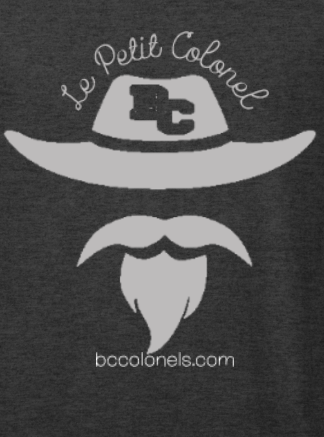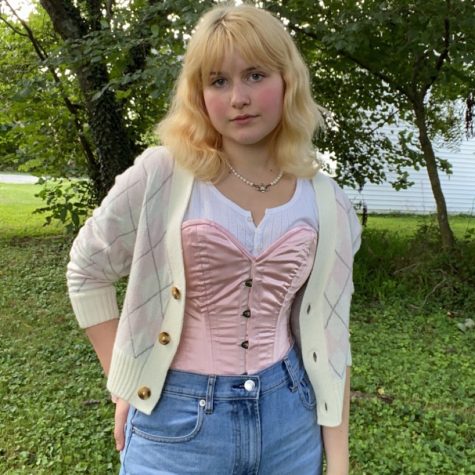An exploration into the corset and the ideas of modern feminism
October 25, 2020
The corset is extremely divisive, stirring up strong emotions in most history enthusiasts and feminists. While most of the criticisms are well founded, there have also been wild accusations that blame a garment for some of the oppression endured by women in the last few centuries.
First and foremost, the corset is not single-handedly responsible for misogyny, and it’s not some torture garment like people think. It was simply used to shape the body to the desired silhouette and support the waist and hips. Context in this instance is important, as the dresses of, say, the 1850s and 60s, were multilayered and most weighed up to 10 pounds. That’s a large amount of clothes, and the corset alleviated some of the weight, by supporting the back from slouching and making it easier for women to walk. There’s also something to be said about the lack of knowledge in the general public between stays and corsets. Stays were the milder version of corsets, serving the same use as that of the modern bra.
In modern day feminism, there isn’t very much room for women to choose to feel beautiful. This idea that women can’t do things that make them feel beautiful is in itself a patriarchal idea. The idea that women only want to feel beautiful for the likes of men, and they don’t actually want to wear makeup and dress up for themselves. This “women only wore corsets because of the patriarchy” rhetoric is akin to the modern, “you only wear makeup to attract boys.” It’s simply not true. While there is a definite difference between being expected to wear a corset in the 1830s and choosing to wear one now, there’s also a definite divide in new age feminism. Somehow it’s okay to not care what men think and wear sweatpants, but it’s not okay to to not care what men think and wear a corset? Choosing to wear a corset in the modern day can be extremely liberating and freeing for some women.
The concepts of what makes a “strong woman” in modern culture also confine women of all natures and disciplines. We see strong women portrayed as women who defied men and rejected femininity. This implies a weakness in feminine nature, that women can’t be strong and be feminine, almost as if these are contradicting ideas, which foundationally is patriarchal. Defeating the patriarchy should be proving that femininity isn’t weak in nature, but is strong. Women bringing down other women for doing things stereotypically feminine has, unfortunately, become a fixture in this wave of feminism.
This expectation for women to not care what men think and then choose something just because it seems like what men don’t want isn’t “defeating the patriarchy” as much as people have convinced themselves it is. Fashion standards, I can argue are in fact the constricting result of the patriarchy, but the corset isn’t the cause of those standards, it is the product. As much as some people will hate to admit it, the corset never really left society. It has simply evolved into the girdle and now shapewear. All that has changed between now and the time of the corset is the rhetoric surrounding it.


